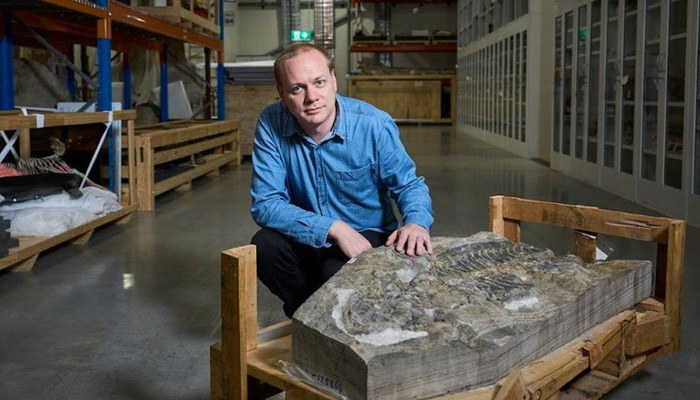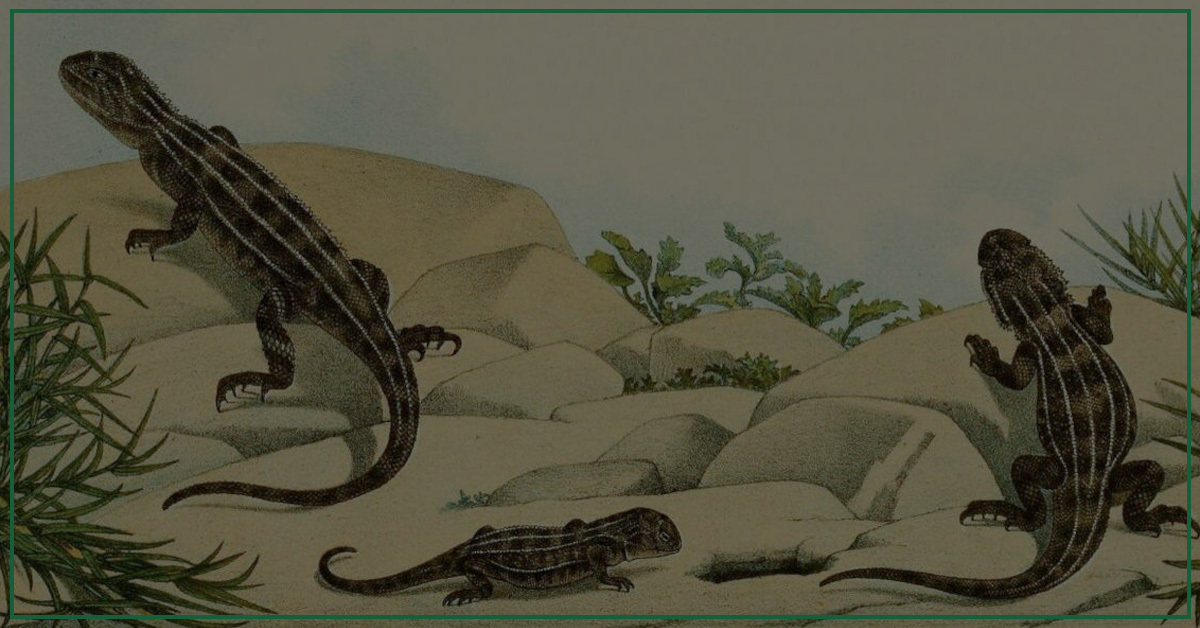Scientists have successfully identified a novel species of amphibian that inhabited Australia approximately 247 million years ago, finally resolving a puzzle that has intrigued researchers since the 1990s. The remains of this ancient creature were originally uncovered by a retired chicken farmer in New South Wales.
The fossil, christened Arenaepeton supinatus, translating to ‘supine sand creeper,’ is an extraordinary discovery as it showcases almost the entire skeleton, with the remarkable preservation of its skin outlines. Globally, less than ten fossils of this lizard-like species have been recognized. This revelation has the potential to reshape the understanding of amphibian evolution in Australia, according to Lachlan, a prominent researcher.

This rare fossil belongs to the temnospondyls, an extinct animal group that thrived before and during the age of dinosaurs. The specimen’s exceptional state of preservation includes the head, body, and even the fossilization of its skin and fatty tissues, rendering it a truly exceptional find.
The remarkable fossil is slated to be publicly showcased at the Australian Museum in the coming months. Discovered over two decades ago on the New South Wales Central Coast by chicken farmer Mihail Mihaildis, the 240-million-year-old artifact was initially unearthed as he worked on a retaining wall. Its distinct shape emerged as he carved through the layers of sandstone.
Upon encouragement from Dr. Alex Ritchie, the former Head of Palaeontology at the Australian Museum, Mihail decided to donate the fossil to the institution. Subsequently, it became a highlight of a traveling dinosaur exhibition at Darling Harbour.
In summary, the identification of a new amphibian species from 247 million years ago in Australia marks a milestone in paleontological research, putting an end to a decades-long mystery. The near-complete fossil offers unprecedented insights into the ancient past and will soon be accessible to the public at the Australian Museum.





